Samuel Adisa
Student @ Akungba
Russia-Ukraine War: Escalating Tensions and Shifting Global Dynamics
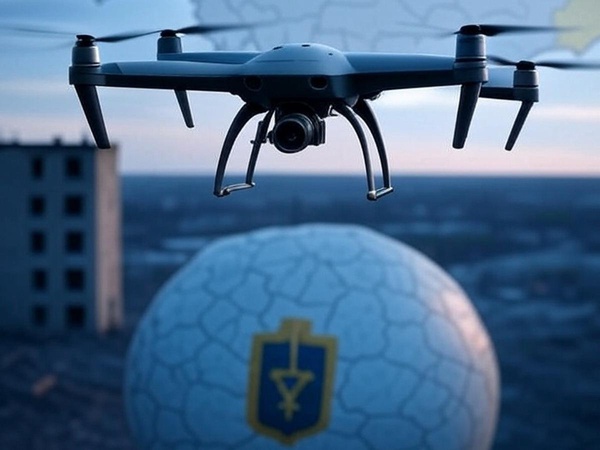
<p>The Russia-Ukraine conflict, now in its fourth year, remains a pivotal force in global politics, with recent developments highlighting its complexity and far-reaching implications. </p><p>Ukrainian drone attacks, notably the audacious "Operation Spiderweb" on June 1, 2025, targeted Russian air bases from Siberia to the western border, damaging or destroying up to 20 strategic aircraft, including nuclear-capable bombers like the Tu-95 and Tu-22M. Described by some as Russia’s “Pearl Harbor,” the strikes exposed vulnerabilities in Moscow’s defenses and dealt a symbolic blow to President Vladimir Putin’s military prestige.</p><p> Ukraine’s innovative tactics, involving covertly smuggled drones launched from trucks, underscored its growing reliance on domestically produced technology amid inconsistent Western support.</p><p>On June 6,2025 Russia responded with one of its largest barrages of the war, launching over 400 drones and nearly 50 missiles across Ukraine, killing at least four in Kyiv and targeting civilian infrastructure. </p><p>Moscow’s Defense Ministry framed the assault as retaliation for Ukraine’s drone strikes, with analysts anticipating further escalation, potentially targeting Ukrainian intelligence or defense facilities. Despite the damage, Russia’s ability to significantly escalate beyond its current intense bombing campaign may be constrained, as it is already deploying substantial resources.
</p><p>
Western support for Ukraine, critical to its resilience, faces growing uncertainty. The U.S., under President Donald Trump, has shifted from the Biden administration’s firm pro-Ukraine stance, adopting a more conciliatory approach toward Russia. Trump’s push for a ceasefire, including concessions to Moscow, has sparked outrage among some Western allies, while his administration has not committed to additional military aid beyond existing obligations. European Union sanctions continue to target Russia’s energy and banking sectors, but Ukraine’s reliance on Western air defense systems, like Patriot missiles, highlights the gap left by wavering U.S. support.
</p><p>
Domestic political shifts in the U.S., particularly Trump’s skepticism about Ukraine’s long-term viability, have raised concerns about sustained funding and military aid. This uncertainty is compounded by Kyiv’s push for strategic autonomy through its drone program, which could reshape global warfare if exported post-conflict. Meanwhile, the June 2 2025,peace talks in Istanbul yielded no ceasefire but saw agreements on prisoner exchanges, reflecting deep divisions between Kyiv’s call for a 30-day truce and Moscow’s demand for Ukraine’s surrender.
</p><p>
The conflict’s ripple effects are profound. Ukraine’s drone strikes signal a new era of warfare, where low-cost, autonomous drones challenge traditional air defenses, raising concerns for global militaries, including the U.S. Russia’s nuclear rhetoric, while largely seen as a tool to intimidate the West, persists as a wildcard, especially if Moscow perceives Western involvement in Ukraine’s attacks. As both sides dig in, the war continues to test global alliances, economic stability, and the future of military technology.
</p><p><br/></p><p>NATO’s Role in the Russia-Ukraine Conflict (2025)
</p><p>The North Atlantic Treaty Organization (NATO) plays a significant but carefully calibrated role in the ongoing Russia-Ukraine conflict, focusing on supporting Ukraine’s self-defense while avoiding direct military engagement with Russia to prevent escalation. NATO’s actions reflect its commitment to Ukraine as a close partner, its condemnation of Russia’s aggression, and its strategic aim to strengthen Kyiv’s position without becoming a party to the conflict.
</p><p>Key Aspects of NATO’s Role include:</p><p>Military and Security Assistance:
</p><p>NATO Security Assistance and Training for Ukraine (NSATU): Established following the 2024 Washington Summit, NSATU coordinates military equipment and training for Ukraine from NATO member and partner countries. Based in Wiesbaden, Germany, with logistical hubs in eastern NATO territory, it involves around 700 personnel and is led by a three-star general reporting to NATO’s Supreme Allied Commander Europe (SACEUR). NSATU operates solely on Allied territory and, under international law, does not make NATO a party to the conflict. As of December 2024, it is fully operational, and in January 2025, NATO assumed command of air defenses in Poland protecting NSATU’s logistical hubs.
</p><p>
Equipment and Training: NATO Allies have provided Ukraine with extensive military aid, including anti-tank weapons, Patriot missile defense systems, artillery, tanks, drones, and long-range missiles like ATACMS and Storm Shadow. Between February 2022 and October 2024, the U.S. contributed €59.9 billion in military support, while European NATO members provided €52.6 billion. In 2024, Allies exceeded a pledge to provide €40 billion annually, delivering over €50 billion, with nearly 60% from European Allies and Canada.
</p><p>Political and Diplomatic Support:
</p><p>NATO unequivocally condemns Russia’s “brutal and unprovoked” invasion, begun in 2022, and supports Ukraine’s sovereignty, territorial integrity, and right to self-defense as enshrined in the UN Charter.
</p><p>
The Alliance has declared that “Ukraine’s future is in NATO,” reinforcing Kyiv’s long-term aspiration for membership. However, membership remains a distant prospect due to the ongoing war and opposition from some Allies, notably the U.S. under President Donald Trump, who in February 2025 stated that NATO membership for Ukraine is not a realistic outcome of a negotiated settlement.
</p><p>
NATO’s open-door policy persists despite Russian demands, articulated by President Vladimir Putin in May 2025, for a written pledge to halt eastward enlargement, including Ukraine’s potential membership. NATO has rejected these demands, maintaining that Ukraine has the right to choose its security arrangements</p><p>Broader Strategic Implications:
</p><p>NATO views Russia as the “most significant and direct threat” to Allied security, per its 2022 Strategic Concept, and has bolstered deterrence and defense measures, including reinforcing its presence in the Baltic states and Poland.
</p><p>
The war has exposed vulnerabilities in European defense, prompting NATO and the EU to enhance defense industrial capacity, missile defense, and drone warfare capabilities.
</p><p>
Shifting U.S. priorities under Trump, including reduced commitment to European security and pressure for a ceasefire, have raised concerns about NATO’s cohesion. European Allies, led by figures like German Chancellor Friedrich Merz, are prioritizing greater defense autonomy to counterbalance U.S. disengagement.
</p><p><br/></p><p>Challenges and Criticisms:
</p><p>U.S. Policy Shifts: Trump’s alignment with Russia and reluctance to provide new aid beyond existing commitments have strained NATO’s unity, pushing European Allies to shoulder more responsibility.
</p><p>Membership Delays: Ukraine’s NATO aspirations face delays due to the war and internal Allied divisions, frustrating Kyiv despite its constitutional commitment to membership.
</p><p>Russian Demands: Moscow’s insistence on Ukrainian neutrality, demilitarization, and territorial concessions as ceasefire preconditions complicates NATO’s support for Kyiv’s rejection of these terms as capitulation
</p><p><br/></p><p>NATO’s role in the Russia-Ukraine conflict centers on providing substantial military, training, and political support to Ukraine while carefully avoiding actions that could draw the Alliance into direct conflict with Russia. Through NSATU, JATEC, and significant financial pledges, NATO bolsters Ukraine’s defense and negotiating strength, affirming its right to self-defense and future in the Alliance. However, U.S. policy shifts, Russian demands, and escalation risks challenge NATO’s unity and strategy, requiring European Allies to adapt to an evolving security landscape.
</p><p><br/></p><p>The War has taken a toll on the global economy, some of the impacts are as follows;</p><p>Financial and Humanitarian Costs: Ukraine faces $524 billion in reconstruction needs over the next decade, while Russia’s military spending exceeds $211 billion by 2024. Sanctions have limited Russia’s access to $643 billion in reserves, though it has offset losses by redirecting oil sales to Asia. Globally, higher costs for fertilizers and fuel have strained households, with many in developing nations shifting to cheaper food alternatives.
</p><p>
</p><p>Geopolitical and Long-Term Risks: The war has ended the post-Cold War peace dividend, prompting Europe to potentially increase defense spending by 1% of GDP annually. Threats of nuclear escalation and ongoing conflict raise the specter of prolonged economic uncertainty, potentially triggering a deeper recession if trade and investment fragment further.
</p><p>
</p><p>Supply Chain and Trade Shocks: Sanctions on Russia, including the G7 oil price cap in 2022, and Ukraine’s port blockades disrupted supply chains for commodities like neon (70% of global supply for semiconductors) and steel. This has led to deglobalization fears, with Western firms exiting Russia and trade fragmentation growing, potentially weakening global economic stability
</p><p>
</p><p>Energy Market Disruptions: Russia, a major global energy supplier, reduced gas exports to Europe, particularly after 2022 sanctions, causing a "massive and historic energy shock." This led to soaring oil and gas prices, with Europe’s growth projected at just 0.3% in 2023 due to its heavy reliance on Russian imports. The shift to alternative suppliers like Qatar has strained global liquefied natural gas (LNG) supply chains, while energy crises have hit Asia and Europe hard.
</p><p>
</p><p><br/></p><p>While some effects, like grain exports, saw temporary relief from initiatives like the Black Sea Grain Initiative, the war’s persistence continues to challenge global economic recovery, with disproportionate impacts on poorer nations and Europe.
</p><p>
</p><p><br/></p><p><br/></p><p>
</p><p>
</p><p>
</p><p>
</p><p>
</p><p>
</p><p>
</p><p>
</p><p>
</p>
Other insights from Samuel Adisa
Referral Earning
Points-to-Coupons
Insights for you.








 50
50







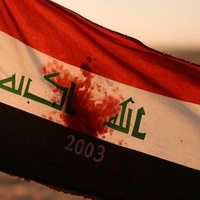


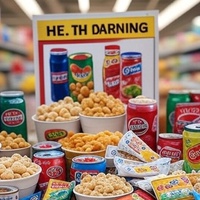



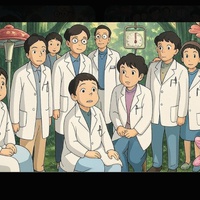








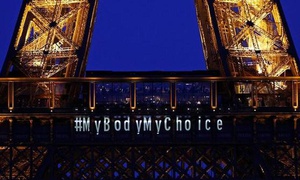



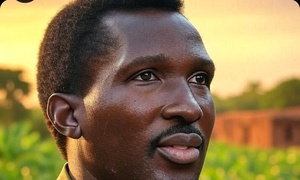
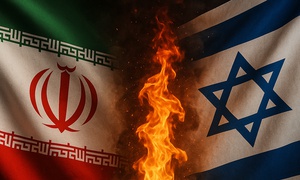
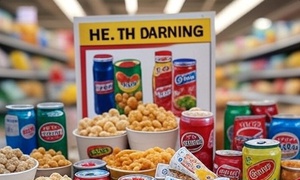







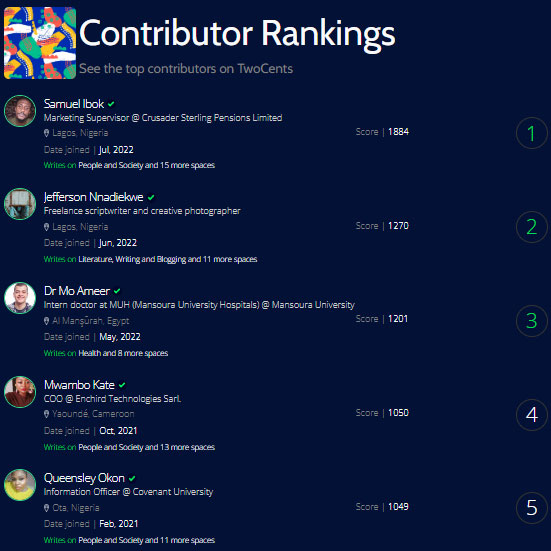

























Comments